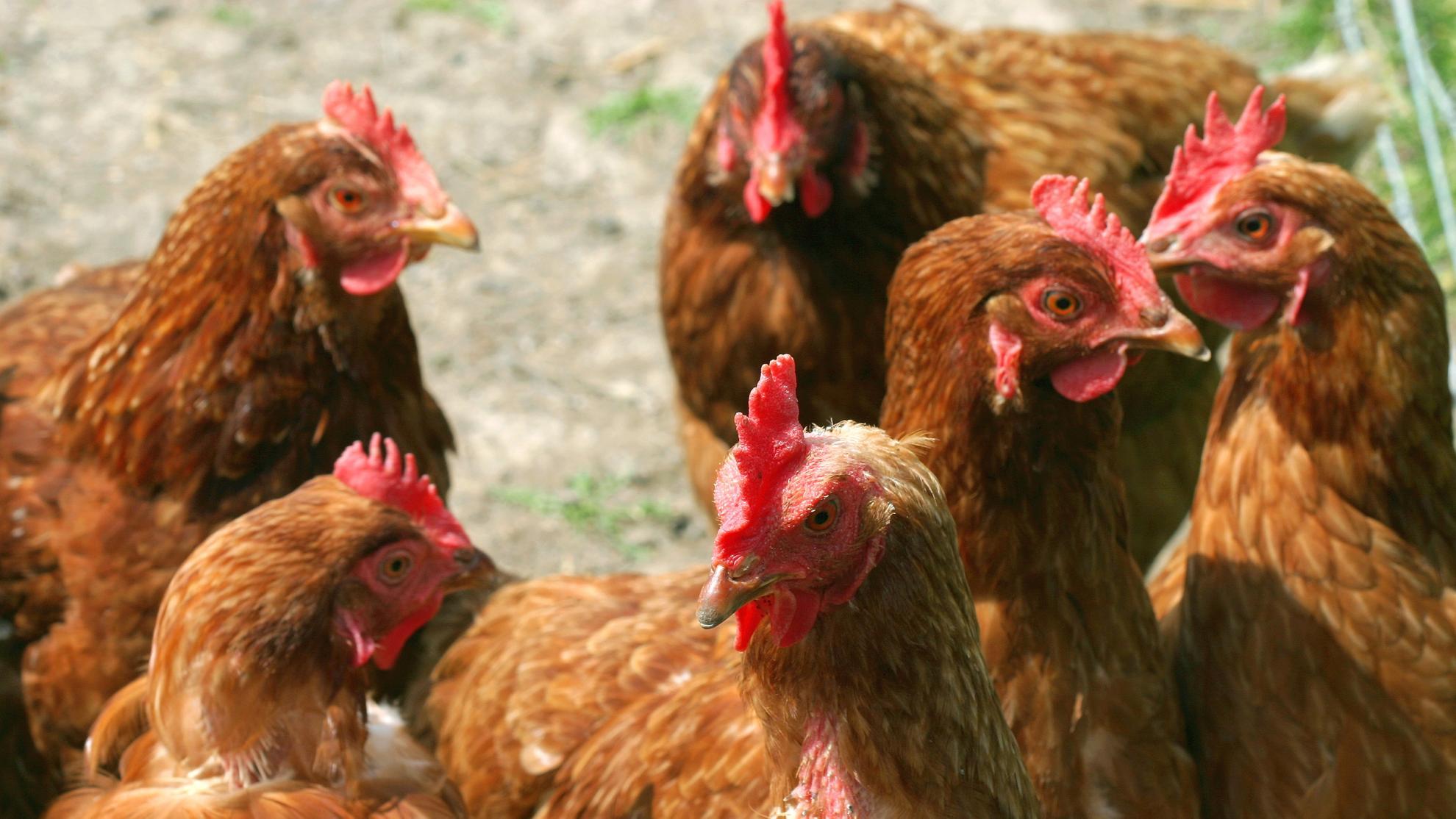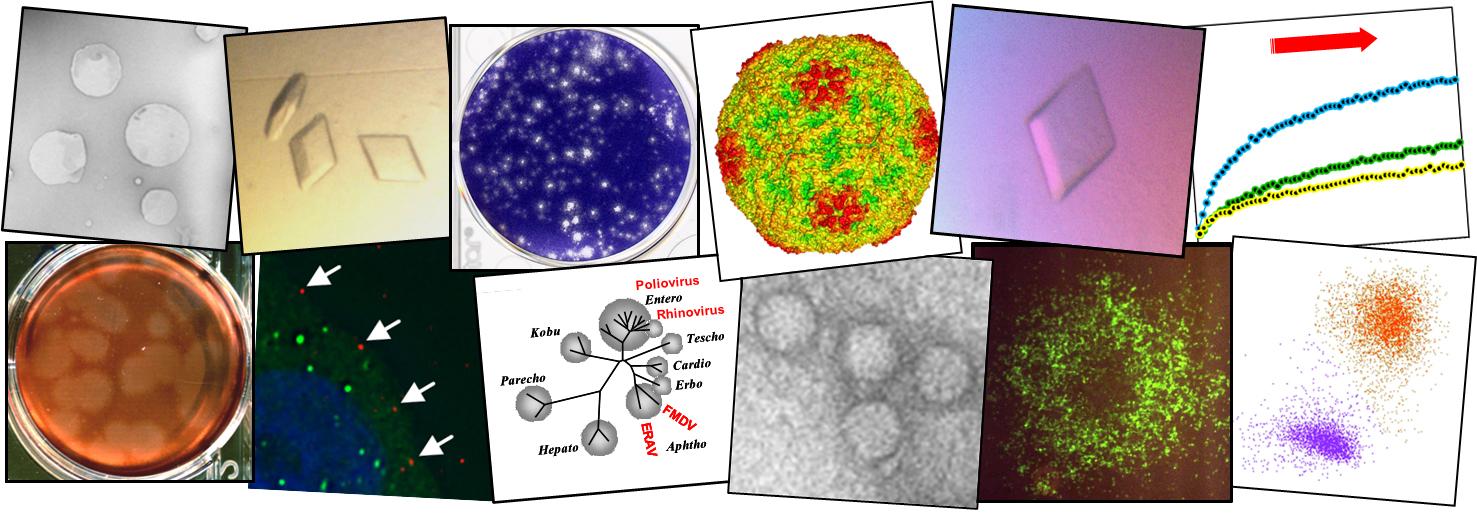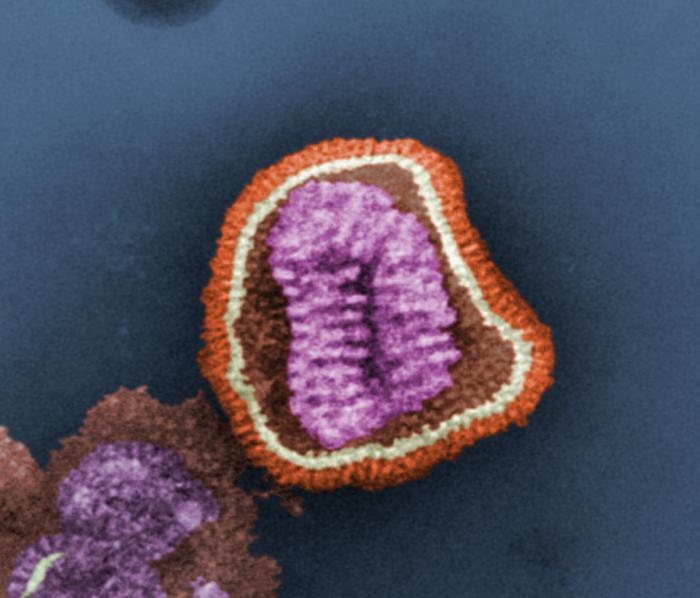Recombinant A(H6N1)-H274Y avian influenza virus with dual drug resistance does not require permissive mutations to retain the replicative fitness in vitro and in ovo
The possible emergence of drug-resistant avian flu raises concerns over the limited effectiveness of currently approved antivirals (neuraminidase inhibitors - NAIs) in the hypothetical event of a zoonotic spillover. Our study demonstrated that the recombinant avian A(H6N1) viruses showed reduced inhibition (RI) by multiple NAI drugs following the introduction of point mutations found predominantly in the neuraminidase gene (NA) of NAI-resistant human influenza strains (E119V, R292K and H274Y; N2 numbering). Moreover, A(H6N1)-H274Y showed increased replication efficiency in vitro, and a fitness advantage over wild-type (WT) when co-inoculated into embryonated hen’s eggs. The results presented in our study together with the zoonotic potential of the A(H6N1) virus as evidenced by the human infection from 2013, highlight the need for enhanced monitoring of NAI resistance-associated signatures in circulating LPAI (low pathogenic avian influenza) globally.



